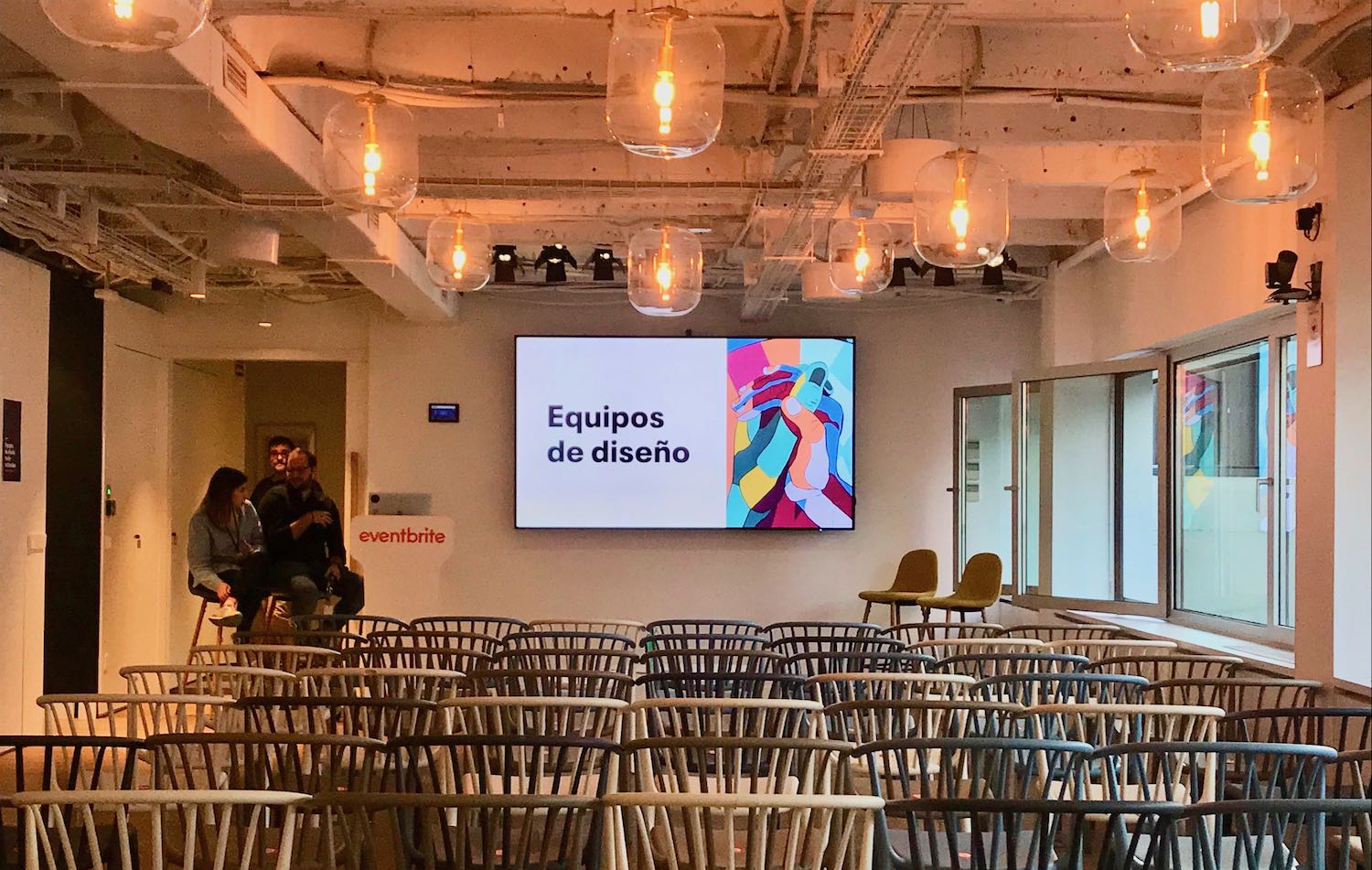Facing whiteboard challenges by Victor Valle on October 27, 2021
2 Min Read

Interviews are not easy experiences, regardless of which side of the table that you’re on. On the candidate's side feelings such as excitement, anxiety or nervousness may emerge. And on the recruiter side we also can face cultural match questions or team integration doubts.
Whiteboard challenges helps unveil many things to us, as recruiters:
- Disposition: not everyone wants to take the challenge
- Way of thinking: we can observe what are typical steps the person follow and if there's an organized process of working
- Range of solutions: the kind of patterns and components used
- Creativity: how a person comes up with an idea or ways of solving a given problem
- Communication: how efficient and (why not) visual can the candidate thinking be
On the other side, whiteboard challenges help you:
- Understanding how some meetings look like in our company
- Exercising your brain
- Managing your time
- Showing existing knowledge (that may help you stand out in the process)
- Pushing your limits
- Better organize your thinking and process
A typical challenge interview looks like the image below. Note we have added some free time before the call for you to warm-up. This would help you a lot so ideas come out of your mind easily.
After years creating our own exercises, we find it more fair to use a random exercise generator that is not related to our own business. In this way, candidates and interviewers start from the same line. Sometimes the exercises can be a bit strange, tending to be absurd, but that has to be taken as an opportunity.
We always guide and encourage the candidate to read carefully, ask as many initial questions as desired, think of the target user, and most importantly, come up with assumptions and justify them in the solution. As long as everything is connected and we can follow the reasoning, everything should be ok.
Don’t get crazy with visuals, remember that you only have 30 minutes. Shapes and text are more than enough to reflect your ideas. We are looking for reasoning, so keep it simple and focus on communicating it clear.
Presenting the exercise is only the last step. At this point, we wear different hats: designer and product manager. While presenting we expect you to connect all the crazy ideas that came out of your mind with your assumptions. This opens us doors to many questions, new requirements that we come up with, as it could happen in any other daily meeting with different stakeholders. We will ask you to push the limits of your solution, make variations, and take important decisions. You can always argue if something we propose is good or not for your user.
By this time your hype will be very high as the call is very intense. Breathe. It is time to relax, come back to calm, and ask the last questions you might have for us.
In the end, the whiteboard dynamic is a unique opportunity to test your skills and see how you behave in a simulated work context. As Saul Bass wisely put, design is thinking made visual; if you are not able to communicate your ideas, you just can't design.
Takeaways:
- Warm-up before the interview
- Sketches do not have to be pretty
- Don’t forget the user, but also don’t forget the business
- Make assumptions and justify them in your solution




